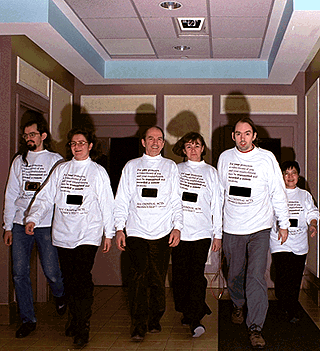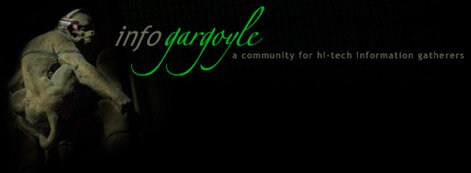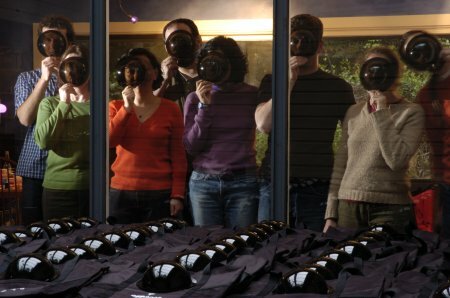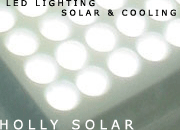Steve Mann Interview: Domewear and Sousveillance
I recently interviewed Cyborg, Steve Mann regarding the CFP conference, Domewear , and "Maybe Cameras". Mann's work revolves primarly around cameras, and inverse surveillance, or in his words, "Sousveillance", and wearable computing. To see more pictures from the CFP conference, like the one above, check out Mann's photo album. I wish I could have been there to see what it was like to have hundreds of maybecameras around everywhere.
You recently distributed 500 identical domewear units for ACM (Association of Computing Machinery)'s CFP conference. What was the reaction of attendees?
The actual streaming of live video from some of the units created an interesting reaction, especially one of curiosity as to which of the domes were transmitting. In a way this reversed the Panopticon model from one of never knowing whether or not we are being watched, to one of never knowing whether or not we were doing the watching.What other kinds of domewear units have you made?
I designed and built a number of various kinds of maybecameras, Steve Mann, ``"Reflectionism" and "Diffusionism": New Tactics for Deconstructing the Video Surveillance Superhighway'' Volume 31, Issue 2 / April 1998, pp 93-102, as well as in Steve Mann, ``Existential Technology'', Leonardo 36(1), 2003, pp19-26 (The second paper was given the 2004 Leonardo Award for Excellence).
Do you have any plans for DIY domewear or maybecameras?

Mann and Family wearing "Maybecamera" Sweatshirts
The first article (above), Leonardo Volume 31, Issue 2 / April 1998, pp 93-102 describes some simple instructions for people to make their own maybecameras.A number of people have successfully followed these directions for making the systems. For example, Dr. Stefanos Pantagis, a physician in New York, built 25 of them and gave them out to artists, such as blind poets, in New York, as a further extension of "Shooting Blind" projects.
What kinds of experiences have you and your students had while wearing domewear units?
There have been a wide variety of experiences. You can interpret the experiences on a couple of different levels. On a 20th century "us-versus-them" level, "What's good for the goose is good for the gangster", and collective sousveillance helps to strike a balance with collective surveillance. In a more "Howard Rheingold" kind of perspective, we're all just working together to reduce crime. One day a person may be a cab driver putting his or her passengers under surveillance, but the next day that same person may be a passenger in somebody else's cab. So we drift back and forth in our various roles as surveillers and the surveilled. Therefore we likewise drift back and forth in our roles as sousveillers and the sousveilled. In this sense the experiences we've had may either be read as balanced, or as cooperative. You can read about my experiences in more detail in the popular culture book "Cyborg...".
Do people generally recognize the devices, or do you find yourself explaining what they are?
It's amazing how people are so blind to surveillance, it's like the domes are invisible. Because they're so ubiquitous, people don't see them. Sometimes I put a TV screen or other video display on the clothing, so people see their own reflection on TV and that gets quite a stronger sense of Reflectionism. The TV acts like a mirror like what you see at the entrance to a shop or mall where they hang a TV from the ceiling with a "no shoplifting" sign. With the TV, no explanation is required.
To purchase Domewear units yourself, visit the EXISTech store. I also highly recommend Steve Mann's book, "Cyborg..." if you are interested in this kind of work.



